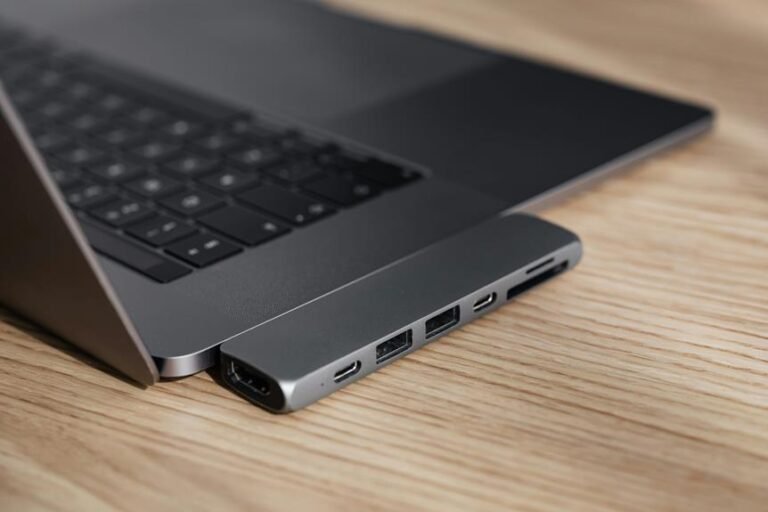Removing a Kwikset Deadbolt: Step-by-Step Instructions
Ready to remove your Kwikset deadbolt? Start by gathering a screwdriver and drill. Locate and unscrew the set screws with care to avoid damage. Remove the interior cover by prying it off gently. Disconnect the deadbolt assembly by loosening the screws and pulling it away from the door. If you're keen on learning more about extracting the deadbolt, detaching the strike plate, and inspecting the components to finish the job thoroughly, there's more helpful information to guide you through the process.
A Quick Overview
- Gather essential tools: screwdriver and drill for successful deadbolt removal.
- Locate set screws using a flashlight to avoid damage and frustration.
- Carefully unscrew set screws to prevent damage and complications.
- Remove interior cover with caution to access screws for maintenance.
- Disconnect deadbolt assembly by gently locating and loosening screws.
Gather Necessary Tools
To start removing a Kwikset deadbolt, it's essential to gather the necessary tools. Having the right tools prepared and organized is crucial for a smooth process; ensure you have a screwdriver and a drill on hand.
Remember to take safety precautions seriously, such as wearing protective gear and working in a well-lit area to avoid accidents. Being well-prepared and cautious is key to a successful deadbolt removal.
Now, let's proceed to the next step of this process.
Locate Set Screws
When removing a deadbolt, it can be challenging to locate the set screws behind the thumb turn, especially if the positioning varies between different Kwikset models. You may need a flashlight to clearly see the set screws, which can be tricky to differentiate from other parts.
Removing the set screws without the right tools, like a screwdriver or Allen wrench, can be frustrating and may damage the deadbolt. On the positive side, having the correct tools and being patient in locating and loosening the set screws is essential for a successful deadbolt removal process.
Unscrew Set Screws
When removing a Kwikset deadbolt, it's important to use the appropriate tool to unscrew the set screws securely. Ensuring that the tool fits correctly is crucial for successful removal. Turning slowly but firmly can help prevent stripping the screws or damaging the lock.
However, if the set screws are overtightened or stuck, you may encounter resistance during the removal process. In such cases, attempting to force the screws out can lead to them getting damaged or breaking. This can complicate the removal process and may require additional tools or professional help to resolve.
Properly removing the set screws is essential for maintaining the lock and carrying out common DIY fixes effectively. By being cautious and patient during this step, you can avoid potential issues and ensure a smoother deadbolt removal process.
Remove Interior Cover
Prying off the interior cover of the Kwikset deadbolt can be quite tricky and may require some force, potentially leading to damage if not done carefully. However, once the cover is removed, you gain access to the screws underneath, allowing for easier maintenance and repairs. This step provides a closer look at the inner workings of the deadbolt, which can be fascinating for those interested in the mechanics of door locks.
On the downside, removing the cover might void the warranty or cause aesthetic damage to the deadbolt. Additionally, if not done correctly, it could lead to difficulties in putting the cover back in place securely.
Disconnect Deadbolt Assembly
After successfully removing the interior cover of the Kwikset deadbolt, the next step is to disconnect the deadbolt assembly. To do this, locate the screws holding the assembly in place and use a screwdriver to loosen them. Be cautious when handling the screws as they may be small and easy to misplace. Once the screws are removed, gently pull the assembly away from the door, being mindful not to damage the surrounding area.
Disconnecting the deadbolt assembly allows you to access the internal components for maintenance or replacement. However, mishandling the assembly during removal can lead to misalignment or damage, impacting the functionality of the deadbolt. It's important to keep track of all the parts and their positions to ensure proper reassembly later on.
This step sets the stage for tasks like replacing the latch or assembly, lubricating the mechanism for smoother operation, and eventual reassembly of the deadbolt. Proceed with caution and attention to detail to ensure a successful outcome.
Extract Deadbolt From Door
When attempting to extract the deadbolt from the door, it's important to carefully unscrew and remove the mounting plate securing it in place. Utilize common deadbolt removal techniques, such as using a screwdriver or a drill, for this task. This process can be a great way to enhance your DIY skills and ensure proper maintenance of your home's security and door hardware.
On the positive side, mastering deadbolt removal can save you money on locksmith services and give you a sense of accomplishment. It also allows you to have better control over your home security and understand how your door hardware works.
However, on the negative side, if not done correctly, attempting to remove a deadbolt yourself can lead to damage to the door or the lock itself. It can also be time-consuming and frustrating, especially if you encounter difficulties during the process. In such cases, seeking professional locksmith services may be necessary, adding to the overall cost of the task.
Detach Strike Plate
When removing the strike plate from the door, use caution to avoid damaging the surrounding area. Proper alignment is essential for security and longevity. Consider the following aspects:
Positive Points:
- Carefully remove the strike plate using a screwdriver.
- Ensure proper alignment for increased security.
- Check and tighten any loose screws.
- Inspect the strike plate for signs of wear or damage.
- Verify alignment with the deadbolt to ensure smooth operation.
- Clear any debris or obstructions around the strike plate area for a clean installation.
Negative Points:
- Applying excessive force when detaching the strike plate can cause damage to the door or frame.
- Incorrect alignment during installation can compromise the effectiveness of the strike plate.
- Overlooking loose screws may result in the strike plate becoming loose over time.
- Failure to assess the condition of the strike plate can lead to premature wear and potential security risks.
- Neglecting to clear debris or obstructions may affect the proper functioning of the lock mechanism.
Clean and Inspect Components
Before starting the cleaning process, it's important to carefully examine each component of the deadbolt. Look for any indications of wear, rust, or damage that could affect the deadbolt's functionality. Ensure that all parts are operating properly and securely fastened.
Positive points:
- Regularly inspecting the deadbolt can help identify any issues early on and prevent potential problems.
- Using a mild detergent and a soft brush to clean the components can effectively remove dirt and grime, maintaining the deadbolt's performance.
- Thoroughly drying the components before reassembly can prevent corrosion and prolong the lifespan of the deadbolt.
Negative points:
- Failure to check for wear or damage may lead to unexpected malfunctions or security vulnerabilities.
- Neglecting to clean and maintain the deadbolt can result in accumulation of debris, hindering its operation over time.
- Inadequately securing the components during reassembly may compromise the deadbolt's effectiveness and durability.
Incorporating these maintenance practices into your routine will contribute to the longevity and reliability of your deadbolt.
Frequently Asked Questions
Can a Kwikset Deadbolt Be Rekeyed After Removal?
Yes, you can rekey a Kwikset deadbolt after removal. Consider rekeying options like DIY kits or locksmith services for added security. Make sure to choose a method that suits your skill level and needs.
What Should I Do if the Set Screws Are Stripped?
If the set screws are stripped, try using a rubber band or a screw extractor to remove them. If unsuccessful, seek professional help from a locksmith or hardware store for alternatives. Don't force it, you can find solutions!
Do I Need to Lubricate the Deadbolt Components?
Yes, lubricating the deadbolt components is vital. It reduces wear, prevents rust, and guarantees smooth operation. Regular maintenance like this prolongs the life of your lock and keeps it functioning properly.
Can I Reuse the Same Strike Plate?
Yes, you can reuse the same strike plate if it fits well with your new deadbolt. Rekeying options are available if needed. Consider strike plate installation for security. Keyless entry alternatives offer convenience and modern features.
How Often Should I Clean and Inspect the Deadbolt?
You should aim to clean and inspect your deadbolt every six months. Regular maintenance guarantees peak performance. Clean the bolt and strike plate with a soft brush to remove dirt and debris. Inspect for loose screws and signs of wear for prevention.







